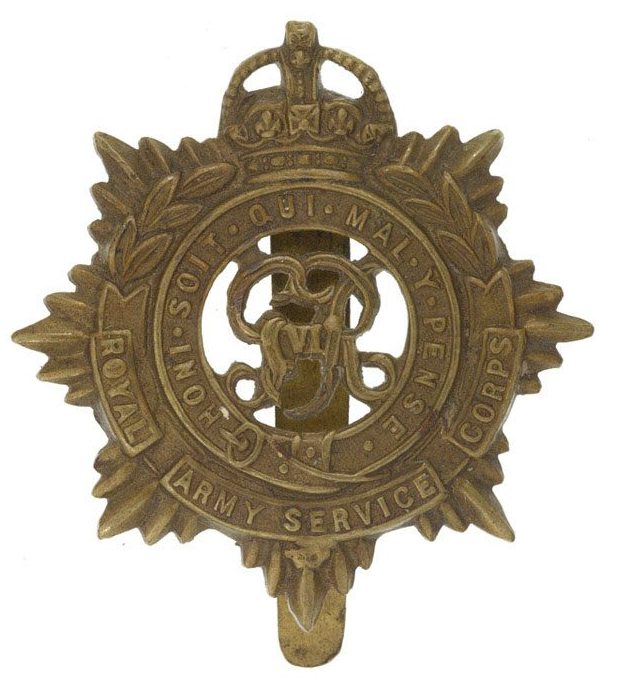Personal Details
Born: 1880 in Whitchurch, Shropshire.
Family: Son of Charlotte Chidlow. Married Clara Crewe in 1903 at Whitchurch and together they appeared to have had two children, one a daughter named Maggie; Maggie was probably Lily Margaret.
Residence: In 1881 Arthur was living with his mother and grandmother in Grindley Brook, Whitchurch, Shropshire. Ten years later he was living at 3 Venables Yard, Whitchurch. By 1901 he was living at 25 Yardington Street, the home of his employer. In 1911 Arthur and Clara were living at 12 Yardington, Whitchurch which was still their home in 1925.
Employment: In 1901 he was employed as an assistant chimney sweep. Ten years later he was still working as a sweep.
Died: 17 December 1925, aged 45.
Military Details
Regiment: Army Service Corps
Rank: Driver
Service Number: 056096
Date of Enlistment: Prior to May 1915
Date of Discharge: Not known
Reason for Discharge: Not known
Other Information: Was in France from May 1915
Arthur was awarded the Campaign Medals (British War Medal, Victory Medal and 1914/15 Star).

The 1914 Star (also known as 'Pip') was authorised under Special Army Order no. 350 in November 1917 and by an Admiralty Fleet Order in 1918, for award to officers and men of the British and Indian Expeditionary Forces who served in France or Belgium between 5 August and midnight of 22–23 November 1914. The former date is the day after Britain's declaration of war against the Central Powers, and the closing date marks the end of the First Battle of Ypres.
The 1914–15 Star (also known as 'Pip') was instituted in December 1918 and was awarded to officers and men of British and Imperial forces who served against the Central European Powers in any theatre of the Great War between 5 August 1914 and 31 December 1915. The period of eligibility was prior to the introduction of the Military Service Act 1916, which instituted conscription in Britain.
The British War Medal (also known as 'Squeak') was a silver or bronze medal awarded to officers and men of the British and Imperial Forces who either entered a theatre of war or entered service overseas between 5th August 1914 and 11th November 1918 inclusive. This was later extended to services in Russia, Siberia and some other areas in 1919 and 1920. Approximately 6.5 million British War Medals were issued. Approximately 6.4 million of these were the silver versions of this medal. Around 110,000 of a bronze version were issued mainly to Chinese, Maltese and Indian Labour Corps. The front (obv or obverse) of the medal depicts the head of George V. The recipient's service number, rank, name and unit was impressed on the rim.
The Allied Victory Medal (also known as 'Wilfred') was issued by each of the allies. It was decided that each of the allies should each issue their own bronze victory medal with a similar design, similar equivalent wording and identical ribbon. The British medal was designed by W. McMillan. The front depicts a winged classical figure representing victory. Approximately 5.7 million victory medals were issued. Interestingly, eligibility for this medal was more restrictive and not everyone who received the British War Medal ('Squeak') also received the Victory Medal ('Wilfred'). However, in general, all recipients of 'Wilfred' also received 'Squeak' and all recipients of The 1914 Star or The 1914/1915 Star (also known as 'Pip') also received both 'Squeak' and 'Wilfred'. The recipient's service number, rank, name and unit was impressed on the rim.

